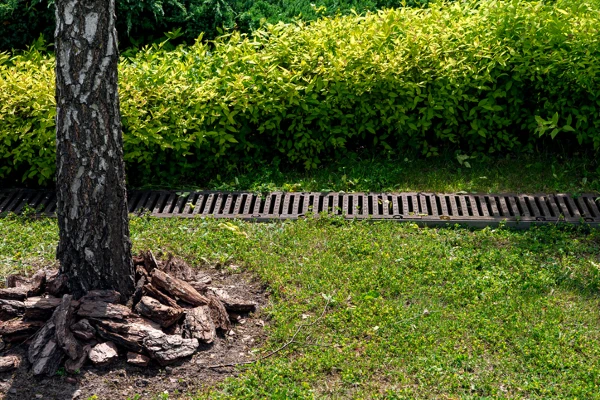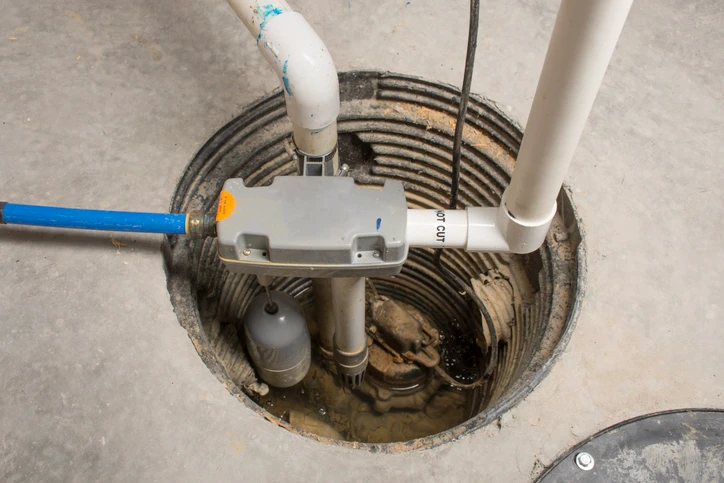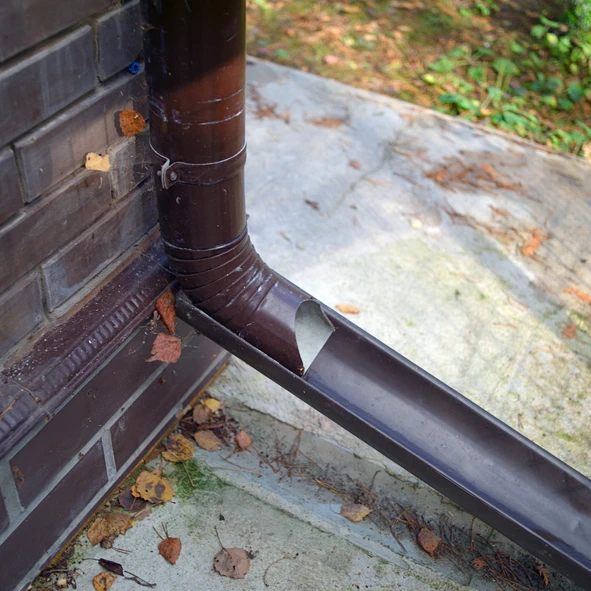Take Your Yard Back with Drainage Meant for Falls Church Lawns

A cozy evening rainfall can certainly set a nice mood for relaxing indoors with a good movie or book. Gazing out the window to watch as the droplets create vibrancy, bringing life to nature.
What’s less exciting is when that peaceful rainfall doesn’t stop, turning into torrential blasts of water that can’t be controlled. As we’re heading out of July, it’s coming to the time of year that Falls Church folks are dealing with summer storms flooding backyards.
The Importance of Putting a Stop to Backyard Floods
With flooding comes pools of standing water, which not only ruins landscaping but also presents safety and health hazards.
Runoff and standing water can start a damaging erosion process, washing soil from underneath building foundations. Plus, once water becomes stagnant it’s a breeding ground for mosquitoes and other pests.
No one wants a swamp for a backyard, so how can you avoid it?
Fortunately, there are several solutions available for staying ahead of Virginia’s rainy days and preparing your lawn. Each brings different kinds of value to a home depending on the elevation of the yard, preference for aesthetic appeal, and amount of drainage necessary.
Why Does Your Yard Flood?
In Falls Church, it’s common for lawns to have hard clay soil. This, combined with improper drainage, quickly creates a situation that can lead to floods and sinkholes in yards. Even a minor issue with water on your property can cause significant damage with time. And it’s difficult to keep plants growing well if they’re under a deluge of water every year.
Solutions for Flooding Yards
Install a Sump Pump
One of the most effective flood prevention measures is a sump pump. Sump pumps consist of a pit or basin that catches water in your yard. Once the water reaches a certain level, the pump activates to route water away from the problem spot.
Reroute Downspouts
If your downspouts are currently close to your home, it’s a good idea to direct the downspouts toward the street and keep the water a minimum of three feet from the foundation to help prevent erosion. Improper downspout runoff is the most common reason for concrete cracking, which eventually leads to basement flooding.
Create Lawn Grading
With enough of a slope, water will drain from your yard naturally. Your lawn should be at least 6 inches over 10 feet to be effective, which means you can grade your soil to create a slope. But it’s important to remember that too much of a grade will lead to future erosion, while too little won’t accomplish the drainage you need in a timely manner. A careful balance with the proper measurements could be the solution.
Add Mulching
If your lawn grades away from your house, you can add some mulch around the areas where it floods to help elevate them and hold some of the water. Be sure to keep mulch several inches away from the foundation of your home to avoid locking in moisture that could lead to mold or rot.
Install Catch Basins
Since Falls Church lawns tend to have a higher clay content, catch basins make a good solution (as opposed to French Drains). This is because catch basins have a mesh and a separator that keep debris and minerals from clogging drains. The way they work is by collecting water in a box-shaped container before flowing through pipes to a nearby storm sewer.
Add Dry Wells
These wells store excess water in your yard during a flood, slowly releasing water back into the soil over several days.
Our team is here to help with recommendations, installation, and maintenance for your drainage solutions!
 Click to call
Click to call


